To install a gas spring, first ensure that you have the necessary tools and equipment. Then, follow these steps carefully.
Installing a gas spring can greatly improve the functionality and convenience of various applications, such as car trunks or office chairs. This mechanical device works by using compressed gas to provide controlled lifting or dampening. Whether you’re a DIY enthusiast or a professional, knowing how to install a gas spring can come in handy.
We will explain the simple steps to guide you through the installation process. With the right tools and following these instructions, you’ll be able to install a gas spring effortlessly and enjoy its benefits. So, let’s get started.
Understanding Gas Springs
Gas springs are an essential component when it comes to the smooth and controlled opening and closing of doors, hatches, lids, and other moving parts. They provide assistance and support in various applications, making them an indispensable part of mechanical systems. In this section, we’ll explore what gas springs are, how they work, and the benefits they offer in different applications.
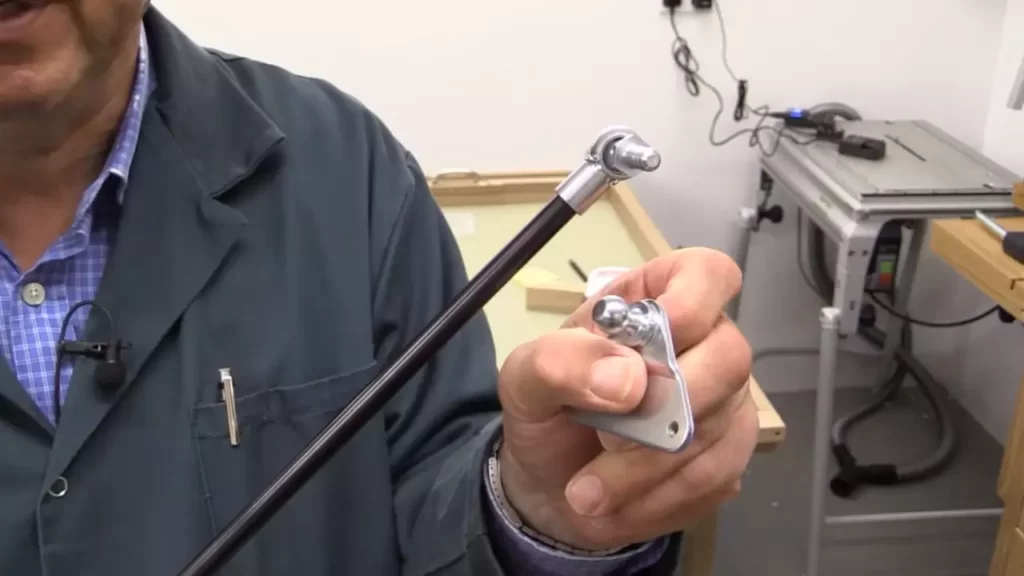
What are gas springs?
Gas springs, also known as gas struts or gas shocks, are devices that use compressed gas contained within a cylinder to provide controlled force and motion. They consist of a piston rod, cylinder, and gas charge, which work together to move and support loads with ease. The gas charge within the cylinder is typically nitrogen, which is non-flammable and widely used for its reliable performance.
Gas springs come in various sizes and configurations to suit different applications, from automotive hoods and trunks to industrial machinery and furniture. They can support both lightweight and heavy loads, making them versatile for a wide range of purposes.
How do gas springs work?
The mechanism behind gas springs is relatively straightforward. When the gas spring is compressed, the gas charge inside the cylinder is compressed as well. This compression builds up pressure, which in turn creates the force needed to extend or retract the piston rod.
When extended, gas springs are in the “charged” state, ready to support and assist the load. As the load is applied, the gas spring compresses slightly, absorbing and distributing the force evenly. When the load is released or reduced, the gas spring extends, applying force in the opposite direction and providing a controlled closing or lifting motion.
Benefits of using gas springs in various applications
Gas springs offer several advantages when incorporated into different applications:
- Smooth and controlled motion: Gas springs provide a smooth and controlled motion, ensuring the seamless operation of doors, lids, hatches, and other moving parts.
- Adjustable force: The force provided by gas springs can be adjusted according to the specific requirements of the application. By varying the gas pressure or charge, the force output can be customized.
- Space-saving design: Gas springs are compact and can be easily integrated into tight spaces, making them ideal for applications where space is limited.
- Reduced vibration and noise: Gas springs dampen vibrations and reduce noise during operation, enhancing the overall user experience.
- Durable and long-lasting: Gas springs are designed for durability and longevity, with the ability to withstand repeated cycles without compromising their performance.
In summary, gas springs are versatile and reliable devices that play a crucial role in facilitating smooth and controlled motion in various applications. Their ability to provide adjustable force, compact design, and long-lasting performance makes them an excellent choice for a wide range of industries and mechanical systems.
Pre-Installation Preparation
Before diving into the installation process of a gas spring, it is crucial to prepare adequately. This step ensures a hassle-free and effective installation, preventing any potential issues or errors along the way. In this section, we will discuss the three essential aspects of pre-installation preparation: assessing the need for a gas spring, choosing the right gas spring for your application, and gathering the necessary tools and materials.
Assessing the need for a gas spring
Prior to installing a gas spring, it is important to assess whether or not your application requires one. Gas springs are commonly used in various scenarios, such as automotive hoods, cabinets, doors, and industrial machinery. They provide controlled and effortless movement, ensuring smooth operations and user convenience.
Assessing the need for a gas spring involves evaluating the weight and size of the object to be supported or lifted. Gas springs come in various sizes and strengths, so it is essential to accurately determine the specific requirements of your application. Consider the weight of the object and the desired level of force and extension for optimal functionality.
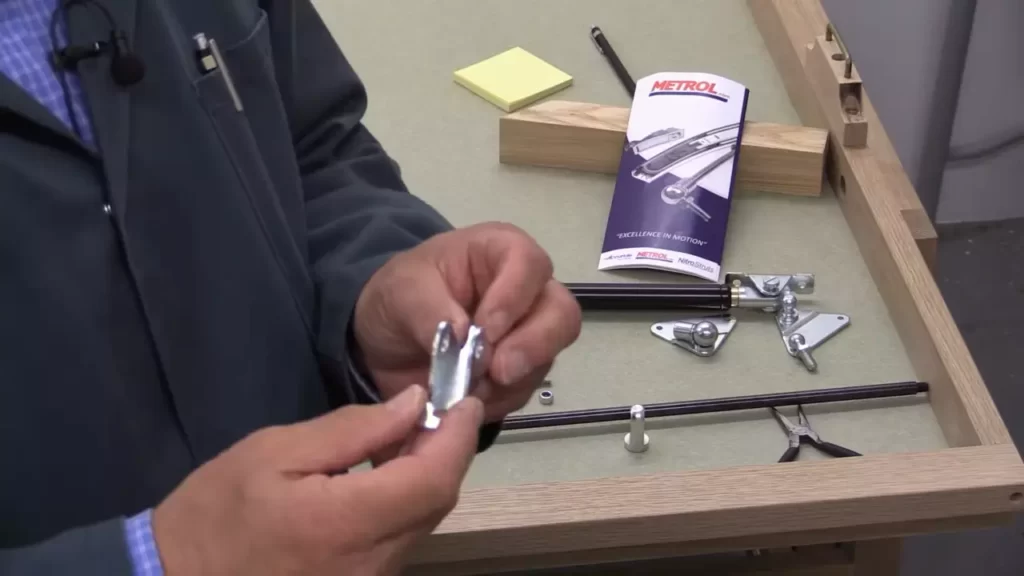
Choosing the right gas spring for your application
Once you have determined the need for a gas spring, the next step is to select the appropriate gas spring for your specific application. This involves considering factors such as the required force, extension length, mounting orientation, and durability.
When choosing a gas spring, consider the force required to support or lift the object. This can be determined by calculating the weight and the desired force ratio. Additionally, the extension length is crucial in determining how far the gas spring needs to extend to achieve the desired movement. Factors such as the mounting orientation, whether it’s vertical or horizontal, also play a role in the gas spring selection process.
Moreover, it is important to consider the durability of the gas spring, especially if it will be exposed to harsh environmental conditions or frequent usage. Look for gas springs that are corrosion-resistant and have a high cycle life to ensure long-lasting performance.
Gathering the necessary tools and materials for installation
Before beginning the installation process, it is essential to gather all the necessary tools and materials. This ensures a smooth and uninterrupted workflow, preventing any delays or interruptions.
Here is a list of the commonly required tools and materials for gas spring installation:
| Tools | Materials |
|---|---|
|
|
Having these tools and materials readily available before the installation process begins will save time and ensure a seamless installation.
Remember, proper pre-installation preparation is the key to a successful gas spring installation. By assessing the need for a gas spring, choosing the right one for your application, and gathering the necessary tools and materials, you can ensure a smooth and efficient installation process.
Step-By-Step Installation Guide
Installing a gas spring can be a straightforward process if you follow the correct steps. In this guide, we will walk you through the installation process in a step-by-step manner to ensure a successful and secure installation.
Identifying the mounting position and orientation for the gas spring
Before installing a gas spring, it is essential to identify the correct mounting position and orientation. This step is crucial as it directly affects the functionality and performance of the gas spring. To determine the mounting position and orientation:
- Inspect the area where the gas spring will be installed.
- Consider the application and the desired functionality of the gas spring.
- Identify the ideal mounting position on the frame or structure.
- Ensure that the gas spring will be oriented correctly for optimal operation.
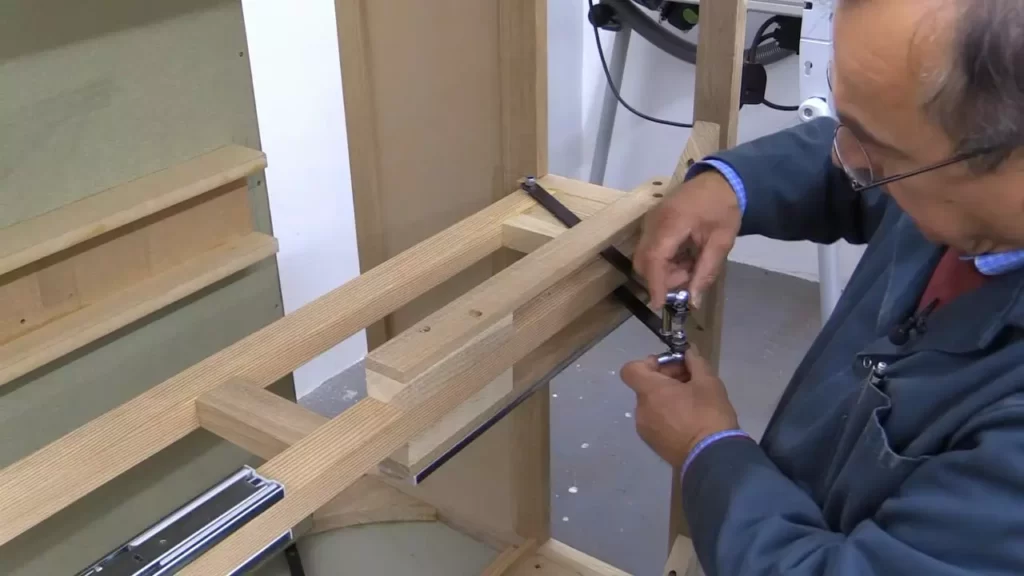
Measuring and marking the positions for mounting brackets
Once you have identified the mounting position and orientation, the next step is to measure and mark the positions for the mounting brackets. Follow these instructions:
- Measure the distance between the mounting points on the frame or structure.
- Mark the positions for the mounting brackets using a pencil or marker.
- Ensure that the marks are accurate and aligned with the desired mounting positions.
Installing the mounting brackets securely
After marking the positions for the mounting brackets, it is time to install them securely. To ensure a strong and stable installation, follow these steps:
- Position the mounting brackets on the marked positions.
- Secure the brackets using suitable screws or bolts.
- Tighten the screws or bolts to ensure a secure fit.
- Verify that the mounting brackets are firmly attached to the frame or structure.
Attaching the gas spring to the mounting brackets
With the mounting brackets securely in place, it is time to attach the gas spring. Here’s how you can do it:
- Align the gas spring with the mounting brackets.
- Ensure that the gas spring is oriented correctly.
- Slide the ends of the gas spring into the brackets or attach them using appropriate hardware.
- Double-check that the gas spring is properly attached to the mounting brackets.
Testing the functionality of the gas spring
To complete the installation process, it is crucial to test the functionality of the gas spring. Follow these steps for a thorough test:
- Carefully and slowly compress and extend the gas spring multiple times.
- Observe the movement and responsiveness of the gas spring.
- Ensure that the gas spring operates smoothly without any resistance or uneven motion.
- If necessary, make any adjustments to ensure optimal functionality.
Congratulations! You have successfully completed the installation of your gas spring. Following these step-by-step instructions will help you ensure a secure and functional gas spring installation.
Troubleshooting And Maintenance
Proper troubleshooting and regular maintenance are essential to ensure the optimal performance and extended lifespan of your gas spring. By taking proactive measures and addressing any installation issues promptly, you can prevent potential problems and enjoy a smooth operation. This section will guide you through common installation issues and their solutions, as well as provide tips for regular maintenance and inspection.
Common Installation Issues and How to Fix Them
It’s not uncommon to encounter certain challenges during the installation process of a gas spring. However, with the right knowledge and approach, these issues can easily be resolved. Here are a few common installation problems and their respective solutions:
1. Incorrect Mounting Locations
One of the most common installation mistakes is choosing an incorrect mounting location for the gas spring. This can result in an imbalance or improper functioning of the mechanism. To fix this, double-check the manufacturer’s guidelines and ensure that you have selected the correct mounting points.
2. Imbalanced Force
If you notice that the gas spring is not providing an equal force in both the extended and compressed positions, it may indicate an imbalance. This can occur due to improper positioning or damaged components. To address this issue, inspect the mounting brackets and connections, and make any necessary adjustments or replacements.
3. Leaks or Loss of Pressure
Gas springs rely on a specific amount of pressure to function optimally. If you detect any leaks or loss of pressure, it can significantly affect their performance. First, visually inspect the springs for signs of leakage. If a leak is spotted, consider replacing the gas spring with a new one to ensure a reliable installation.
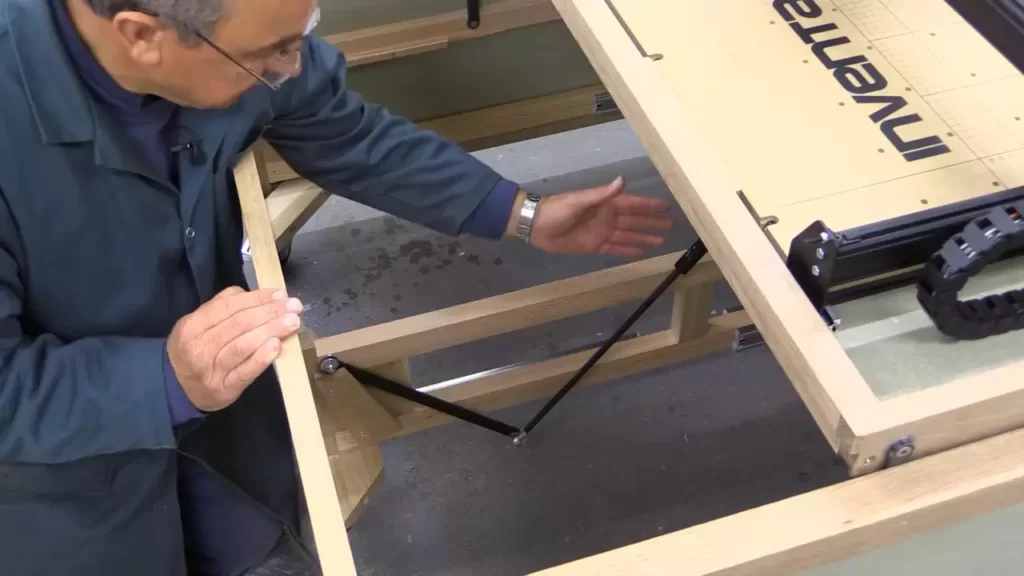
Regular Maintenance and Inspection to Ensure Optimal Performance
An essential aspect of gas spring care is regular maintenance and inspection. By following these guidelines, you can keep your gas spring in excellent condition and prevent potential issues:
- Inspect the gas spring regularly for any signs of damage, such as cracks, dents, or wear.
- Lubricate the moving parts of the gas spring according to the manufacturer’s recommendations.
- Check the mounting brackets and connections for any looseness or wear, and tighten or replace as needed.
- Ensure that the gas spring is free from any debris or obstructions that may hinder its movement.
- Perform a full test of the gas spring’s functionality, including its compression and extension, to verify its proper operation.
Extending the Lifespan of a Gas Spring Through Proper Care
Proper care and maintenance can significantly extend the lifespan of your gas spring. Follow these additional tips to ensure its longevity:
- Store your spare gas springs in a dry and controlled environment to protect them from corrosion.
- Avoid exceeding the recommended weight limits or angle limits specified by the manufacturer.
- Do not subject the gas spring to extreme temperatures or harsh conditions, as it may affect its performance.
- Inspect and replace gas springs at regular intervals or when you notice signs of deterioration.
By consistently implementing these maintenance practices, you can optimize the performance and lifespan of your gas spring, ensuring smooth operation and enhanced safety.
Safety Considerations
When it comes to installing a gas spring, there are several safety considerations that must be taken into account. Gas springs are powerful devices that store energy and tension, and if not handled properly, they could cause accidents or injuries.
Proper handling and precautions when working with gas springs
It is crucial to handle gas springs with care and take necessary precautions to ensure safety. Here are some important guidelines to follow:
- Always wear appropriate safety gear, including safety glasses and gloves, to protect yourself from any potential hazards.
- When handling gas springs, make sure to avoid sharp edges or any objects that may damage the spring or its components.
- Never heat, weld, or puncture a gas spring, as this can result in the release of gas and potential injury.
- Do not attempt to disassemble a gas spring, as it contains highly pressurized gas that could cause harm.
- Ensure that the gas spring is stored in a safe and secure location away from heat sources or open flames.
Ensuring the gas spring is installed correctly to prevent accidents
Proper installation of a gas spring is essential to prevent accidents or failures. Follow these steps to ensure correct installation:
- Carefully read and understand the manufacturer’s instructions for installing the gas spring. Adhere to any specific guidelines provided.
- Inspect the gas spring for any signs of damage or defects before installation. If any issues are identified, do not proceed with the installation and contact the manufacturer for assistance.
- Ensure that the gas spring is suitable for the intended application and that it is being installed in the correct orientation.
- Use appropriate mounting hardware, such as screws or brackets, to securely install the gas spring.
- Double-check that the gas spring is properly aligned and positioned to ensure smooth and safe operation.
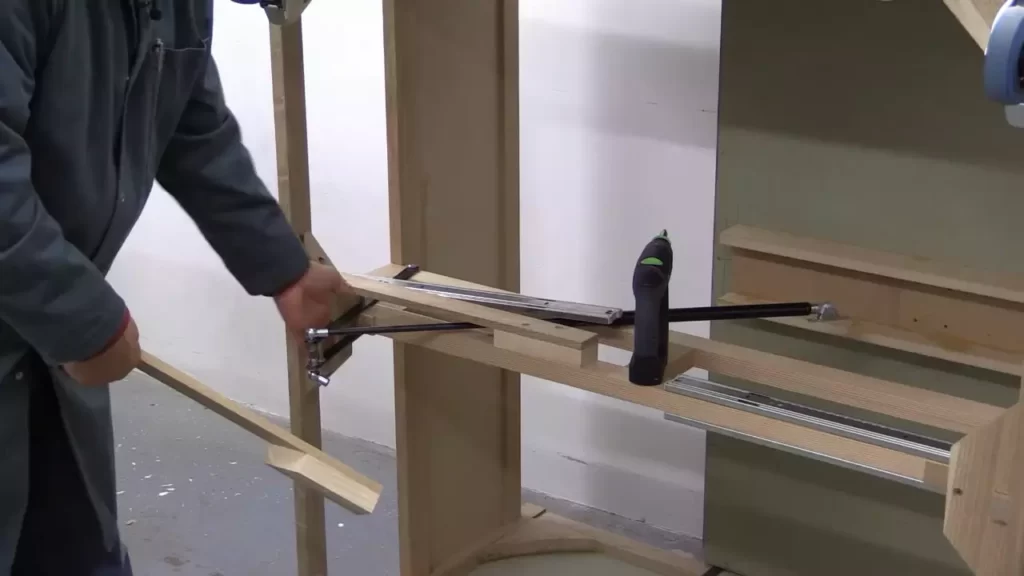
Safety measures to follow during maintenance and replacement of gas springs
Maintenance and replacement of gas springs are necessary to ensure their continued performance and safety. Here are some safety measures to consider:
- Before performing any maintenance or replacement tasks, make sure to relieve the tension in the gas spring by fully extending or compressing it.
- Do not attempt to repair or modify a gas spring yourself. Contact a professional if you encounter any issues.
- If a gas spring needs to be replaced, ensure that the new spring matches the specifications of the original one. Using an incompatible spring can result in failure or improper functioning.
- During maintenance or replacement, always follow proper lifting techniques to prevent strains or injuries.
- Dispose of old or damaged gas springs responsibly, following local regulations and guidelines.
By following these safety considerations and taking the necessary precautions, you can install, maintain, and replace gas springs safely and effectively.
Frequently Asked Questions Of How To Install A Gas Spring
How Do You Install A Gas Spring?
To install a gas spring, follow these steps:
1. Begin by determining the correct gas spring for your application.
2. Position the gas spring and mount it securely to the desired location.
3. Use a wrench or appropriate tool to connect the gas spring’s ends to the corresponding mounting points.
4. Test the gas spring to ensure proper functionality.
5. Make any necessary adjustments and tighten all connections as needed.
Does It Matter Which Way You Install A Gas Strut?
The direction of installation does matter for gas struts. Incorrect installation can cause limited performance or even failure. Always follow the manufacturer’s instructions and ensure that the gas strut is installed in the correct orientation to ensure proper operation and longevity.
Do Gas Springs Push Or Pull?
Gas springs can both push and pull. They use compressed gas to generate force in either direction, making them versatile for a variety of applications.
Are Gas Springs Directional?
Yes, gas springs are directional. They can only compress and extend in one direction, which is determined by their design and installation.
Conclusion
Installing a gas spring may seem like a daunting task, but with these simple steps, anyone can do it. By carefully following the instructions, you can ensure proper installation and smooth operation of the gas spring. Remember to always prioritize safety and take necessary precautions.
With a little patience and attention to detail, you’ll have your gas spring installed in no time. So go ahead and enjoy the benefits of a properly functioning gas spring!
